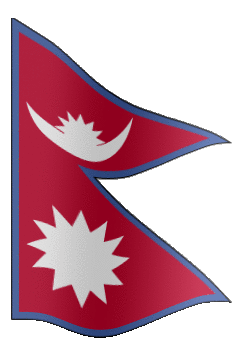Gender Equality in Nepal
This is the status of gender equality in Nepal
In the publication “Gender equality in Nepal. Fact and figures” you will find statistics and insights from various official sources that gives the status and development of gender equality in Nepal on a vast number of indicators. Among these are the maternal mortality rate, the gender pay gap, crimes against women, total fertility rate, sex ratio, children mortality, literacy and many more.
The publication is made with data from different official Nepalese sources such as the census, various health surveys and official police data to provide a complete picture as possible of the lives of women and men in Nepal.
Here you can download the full report on Gender Equality
From motherhood to traditional practices
The publication is divided into seven chapters, each dealing with various aspects of the life of women and men in the country:
- • Population
- • Motherhood and children
- • Education
- • Employment
- • Harmful traditional practices
- • Women’s empowerment
- • Women’s safety
Nepal’s mothers lead healthier lives
The results shown throughout the publication indicate that Nepal is on a track towards greater gender equality. One of the most striking examples of this is the decline in maternal mortality, that has gone from 539 deaths per 100.000 births in 1996 to 151 in the 2021 census. The decline in the total fertility rate in the same period is also striking - from 4.6 to 2.1 children per woman.
Still many challenges for women in general
At the same time, the publication reveals that there is still a need for hard work to achieve full gender equality in Nepal. Even though the literacy rates in general have increased over the last decades, there is still a huge gap in women’s disfavour. There is still a huge gender gap in the labor market, and women are also exposed to domestic violence, rape and human trafficking.
The publication is a joint effort of the Ministry of Women, Children and Senior Citizens, the National Statistics Office of Nepal, the Ministry of Education, the Ministry of Health, and the National Women’s Commission. The Norwegian government has also provided funding and expertise through several institutions.

